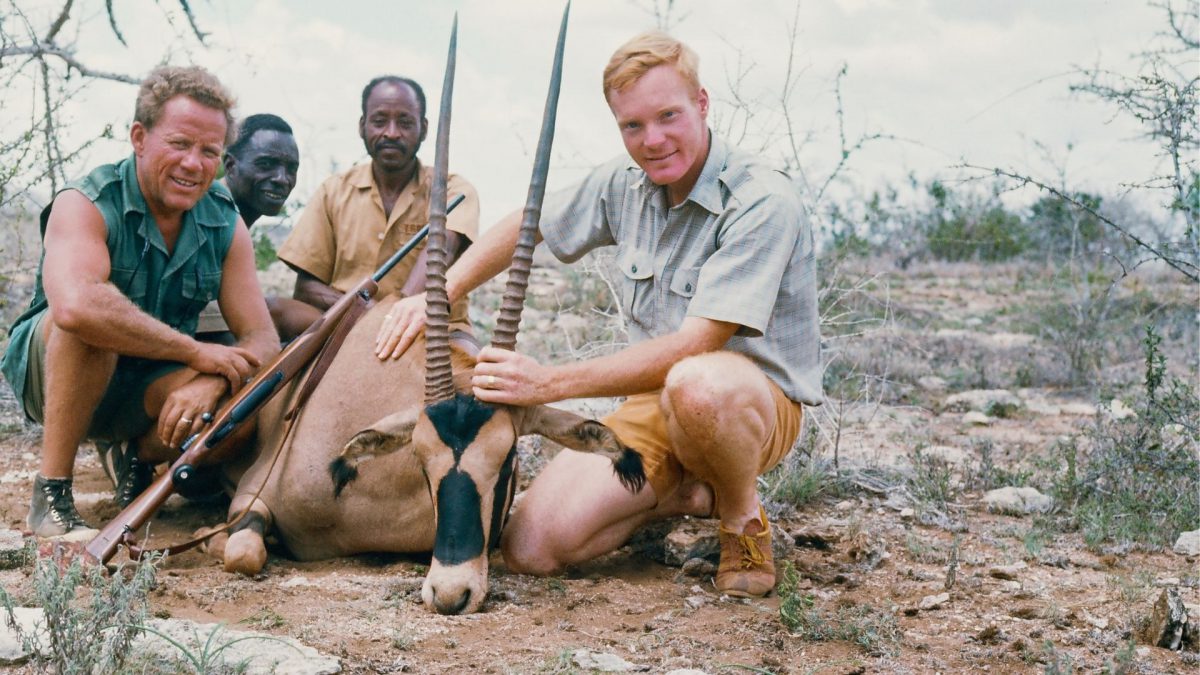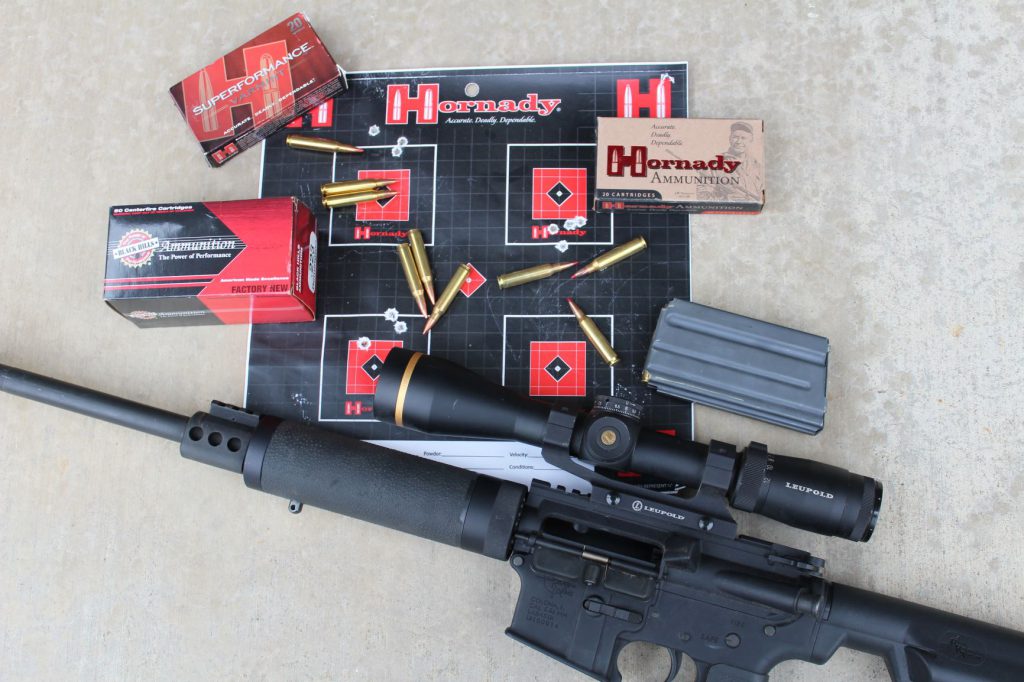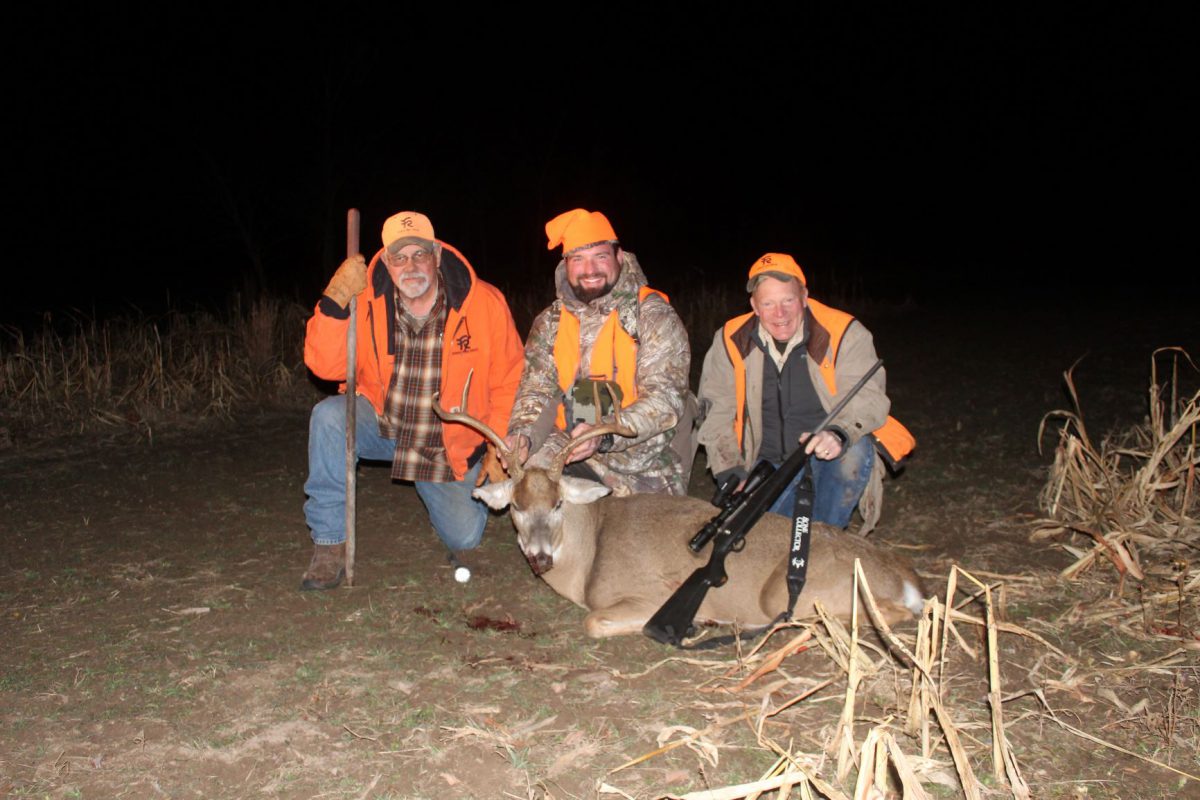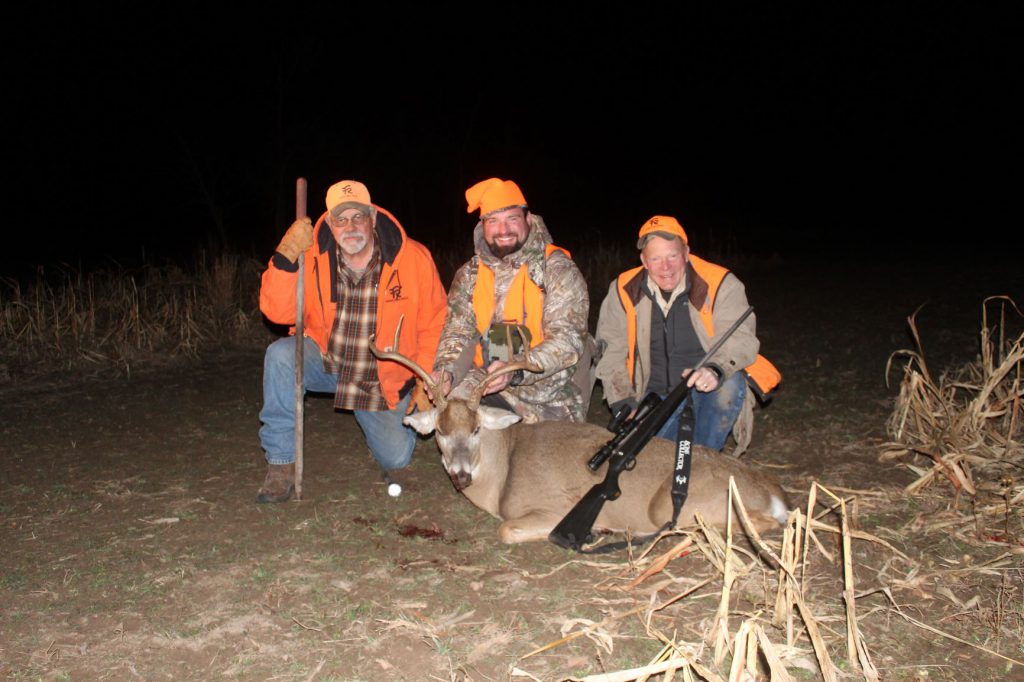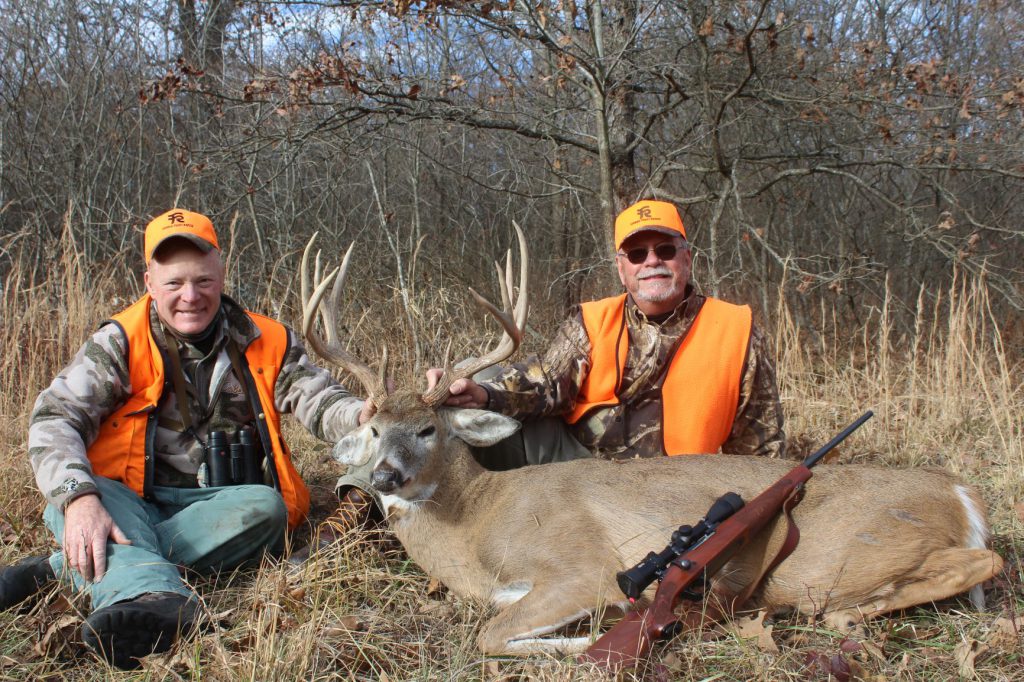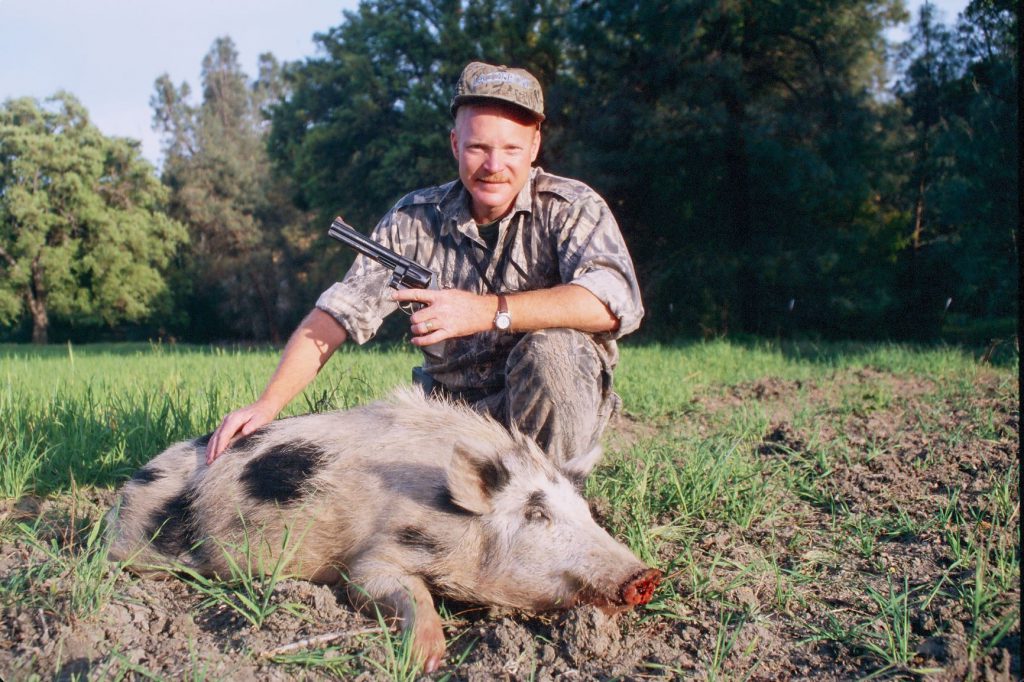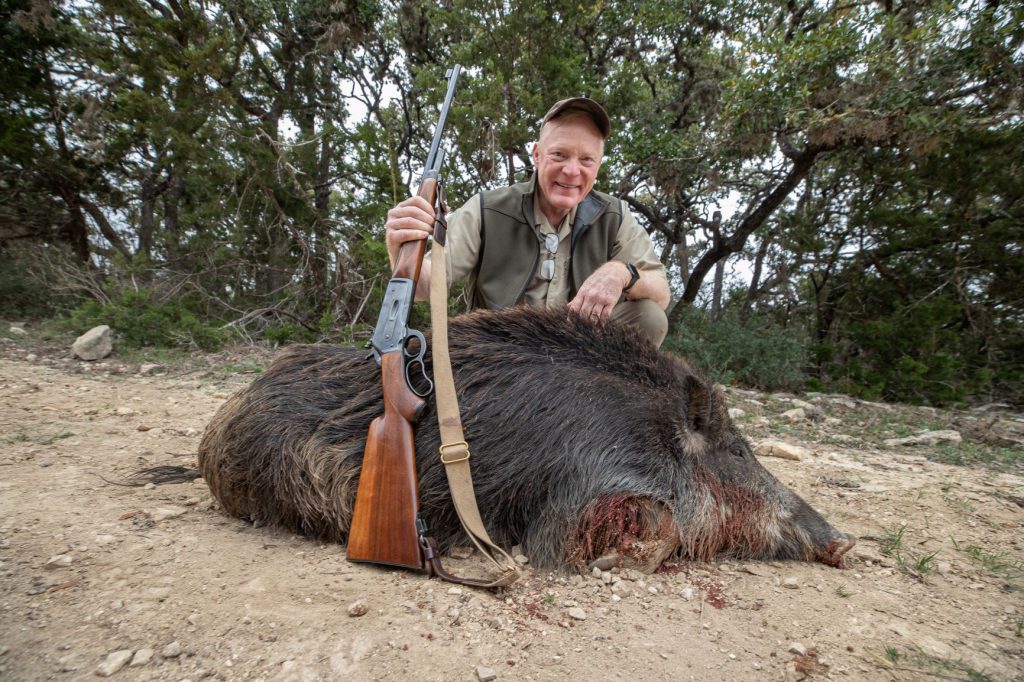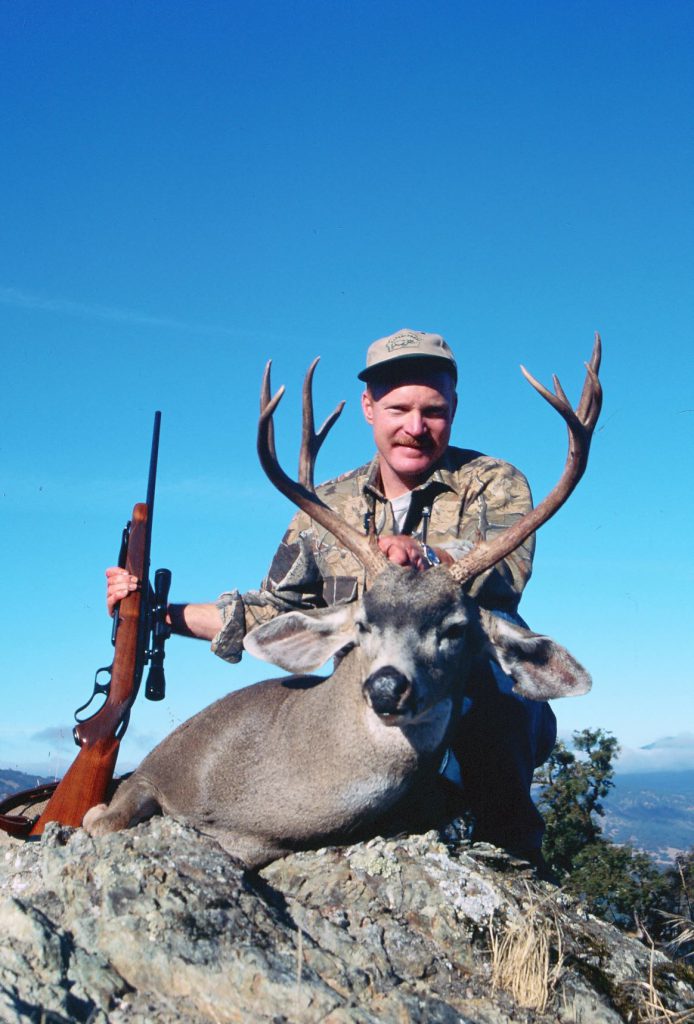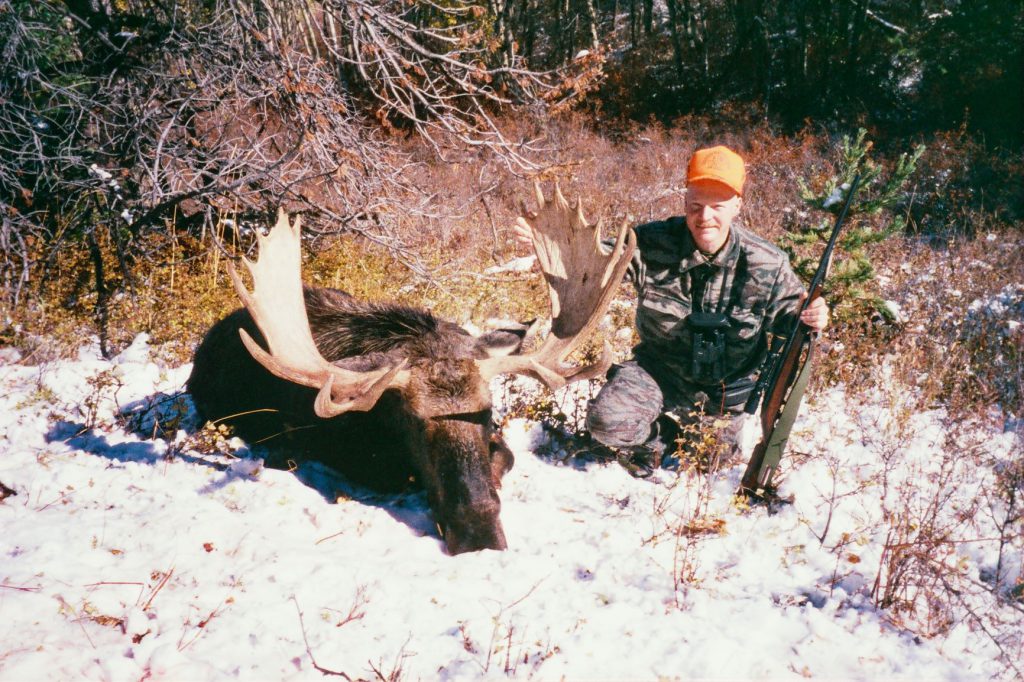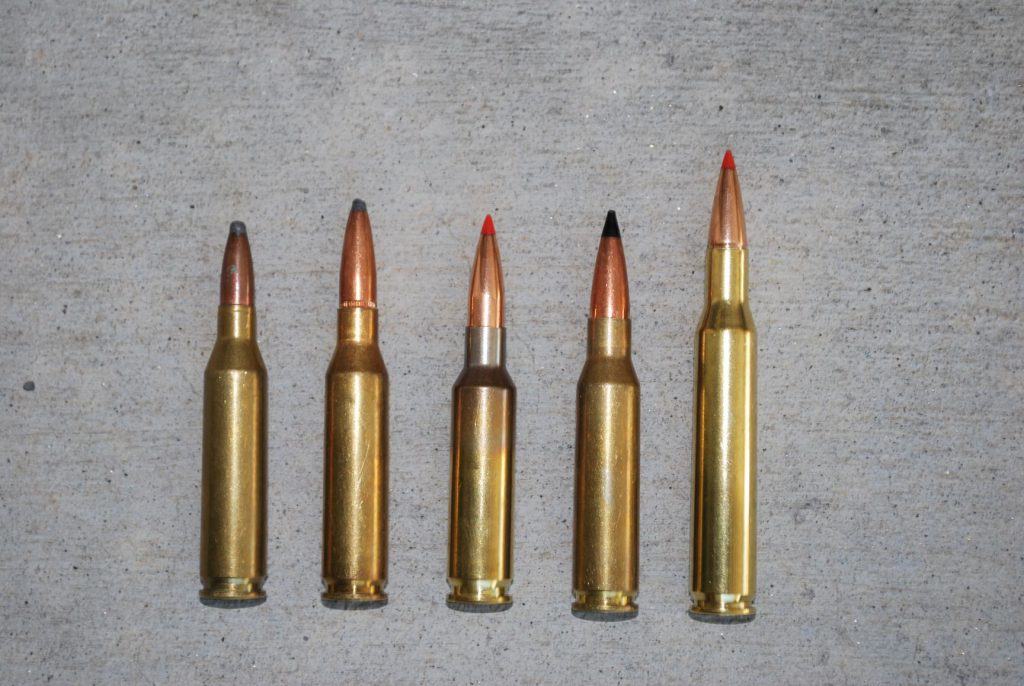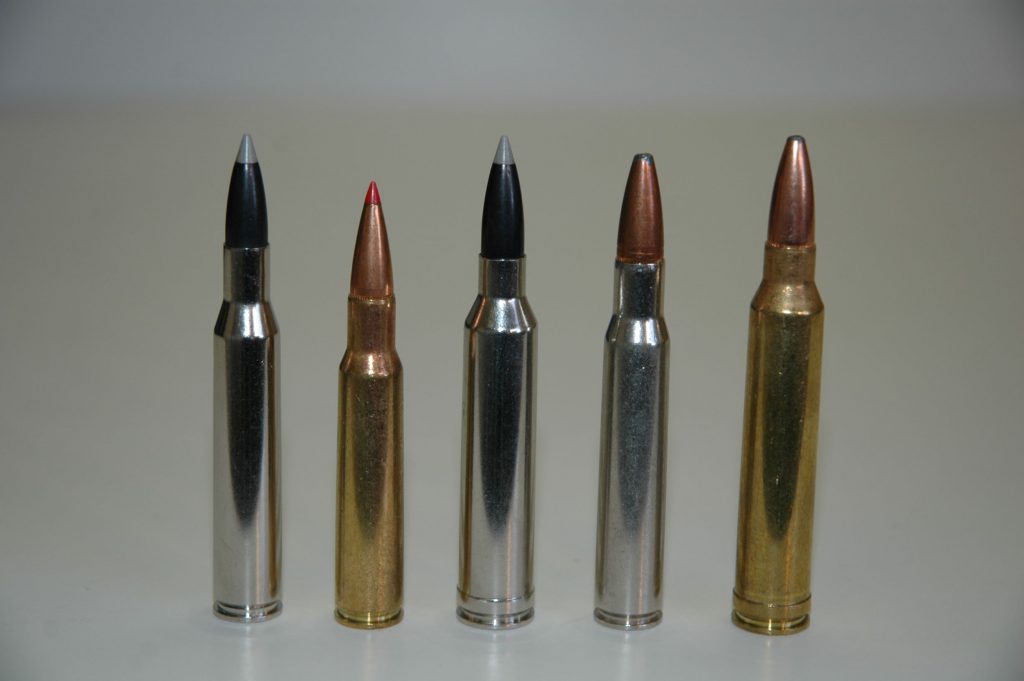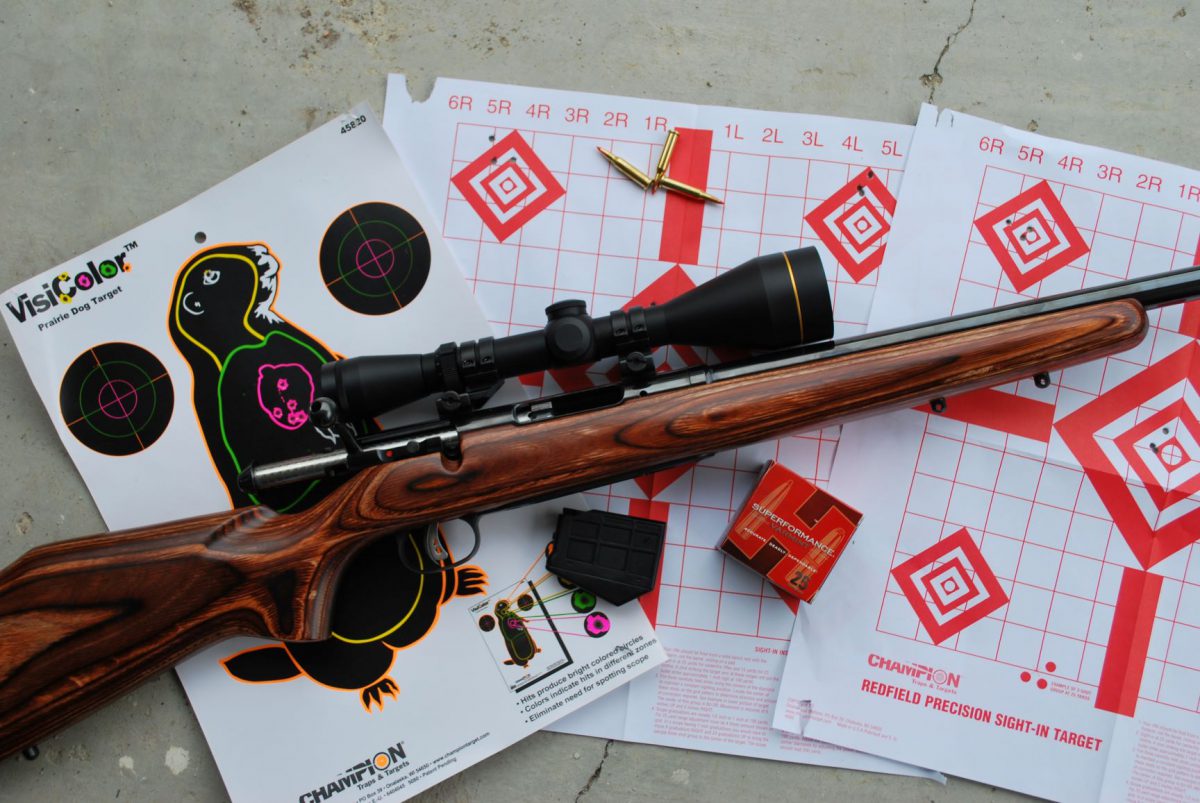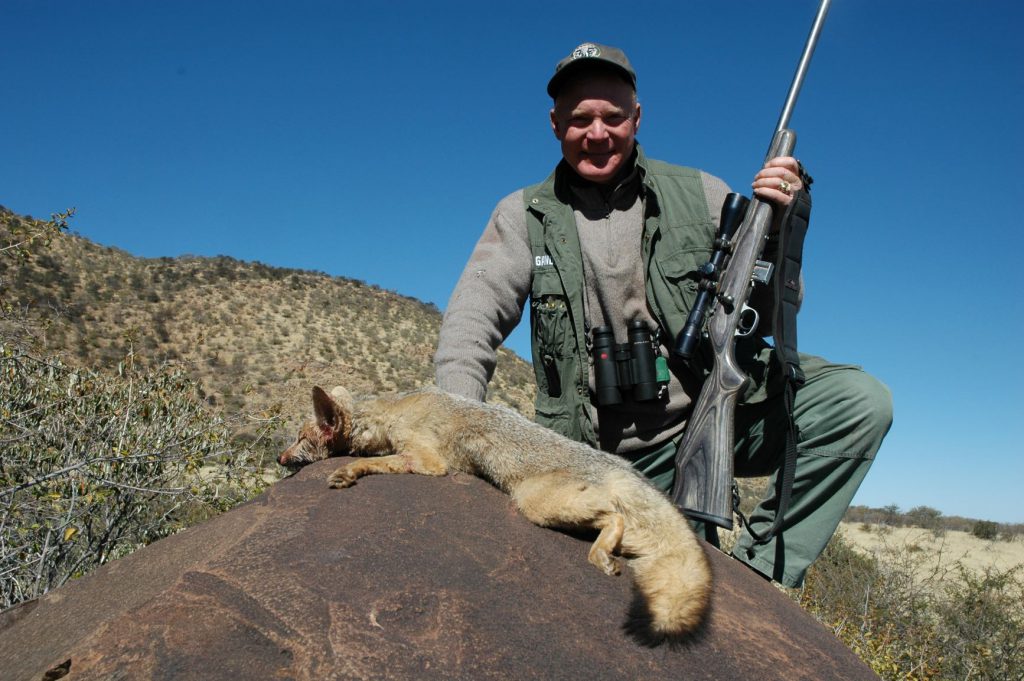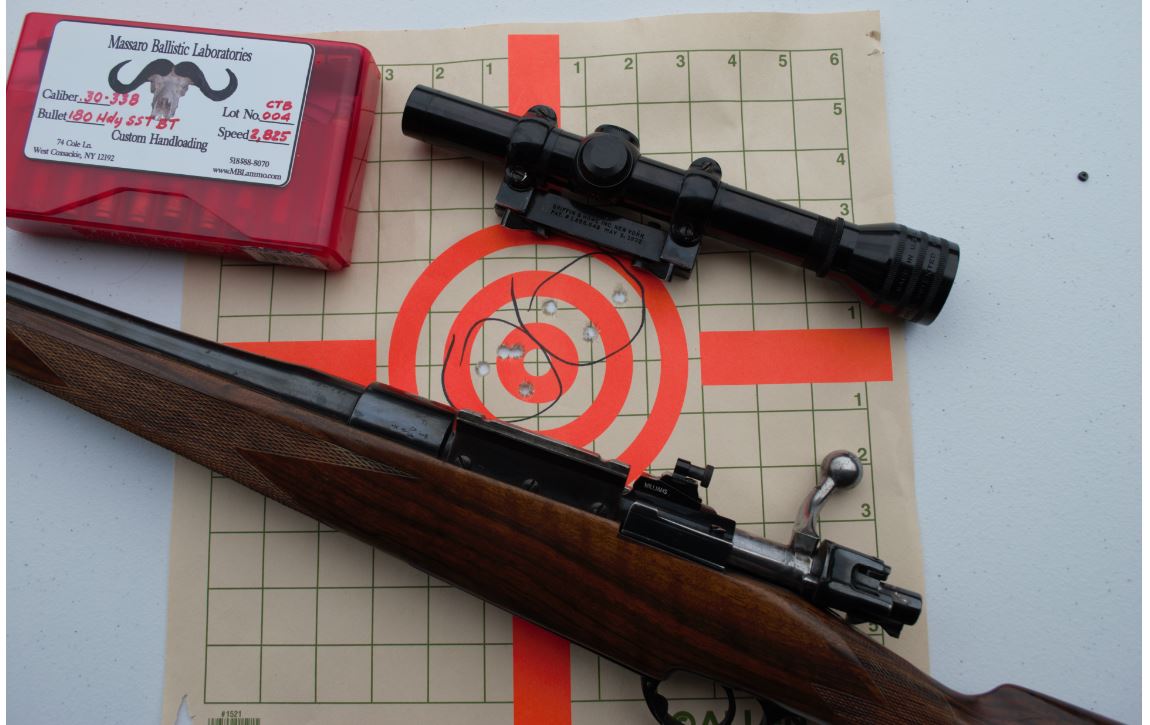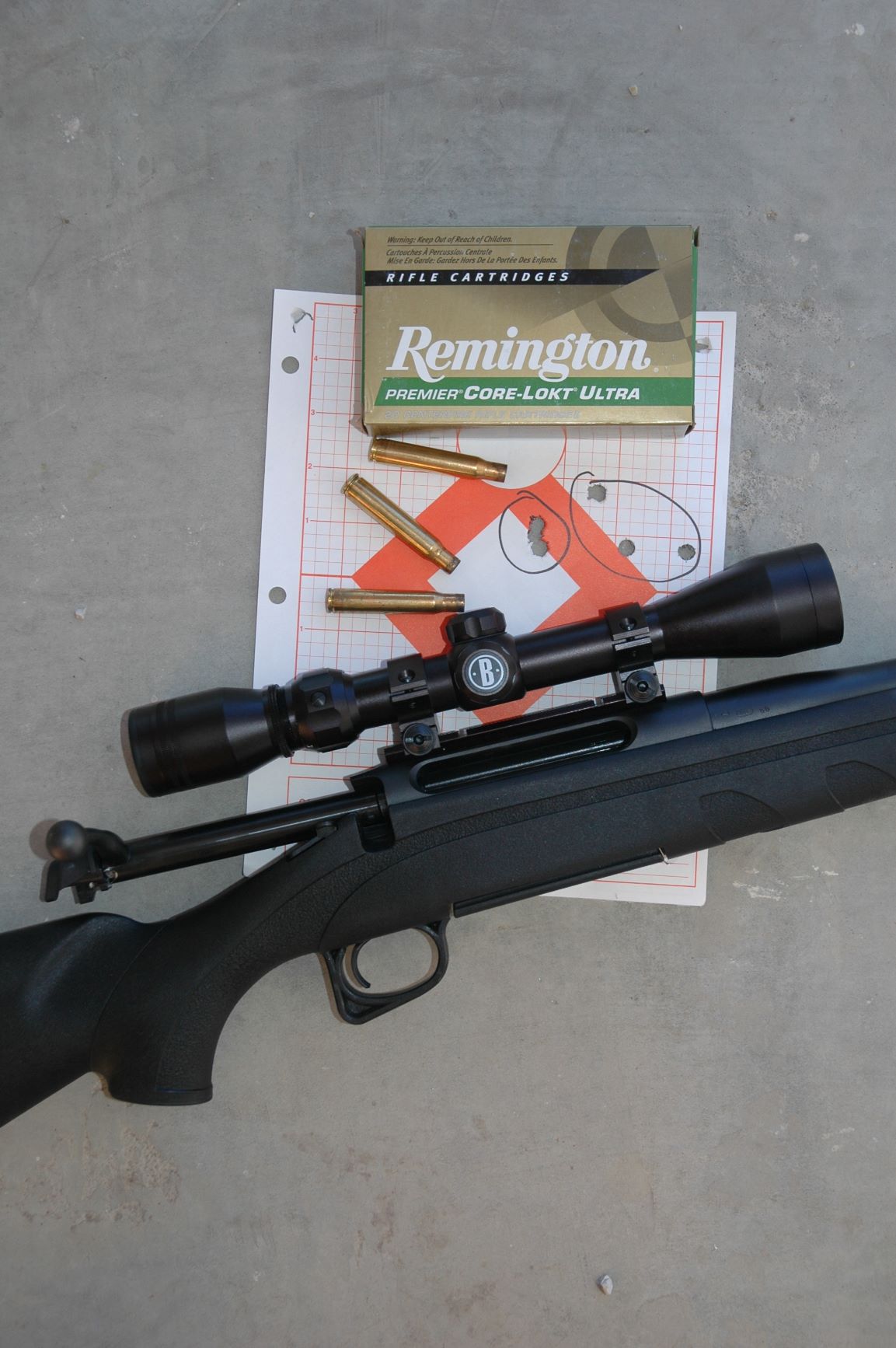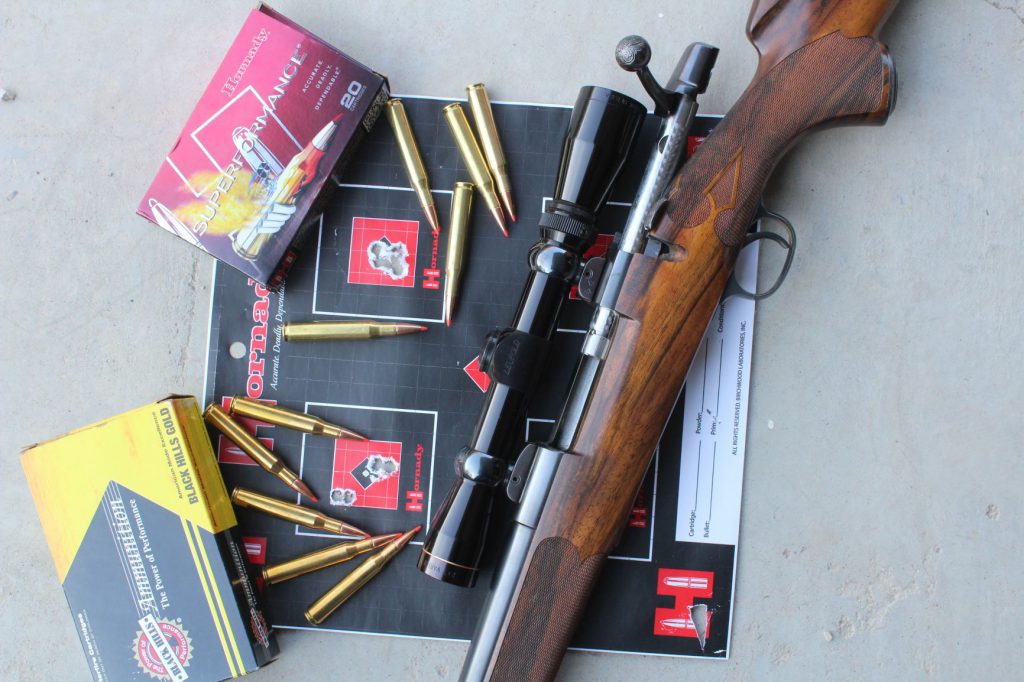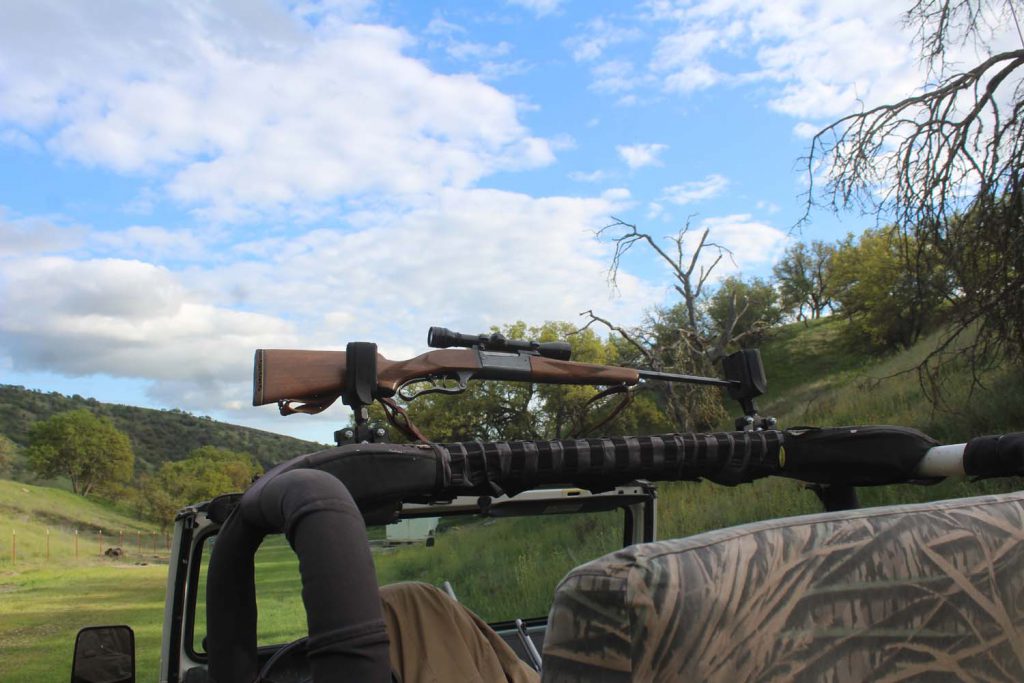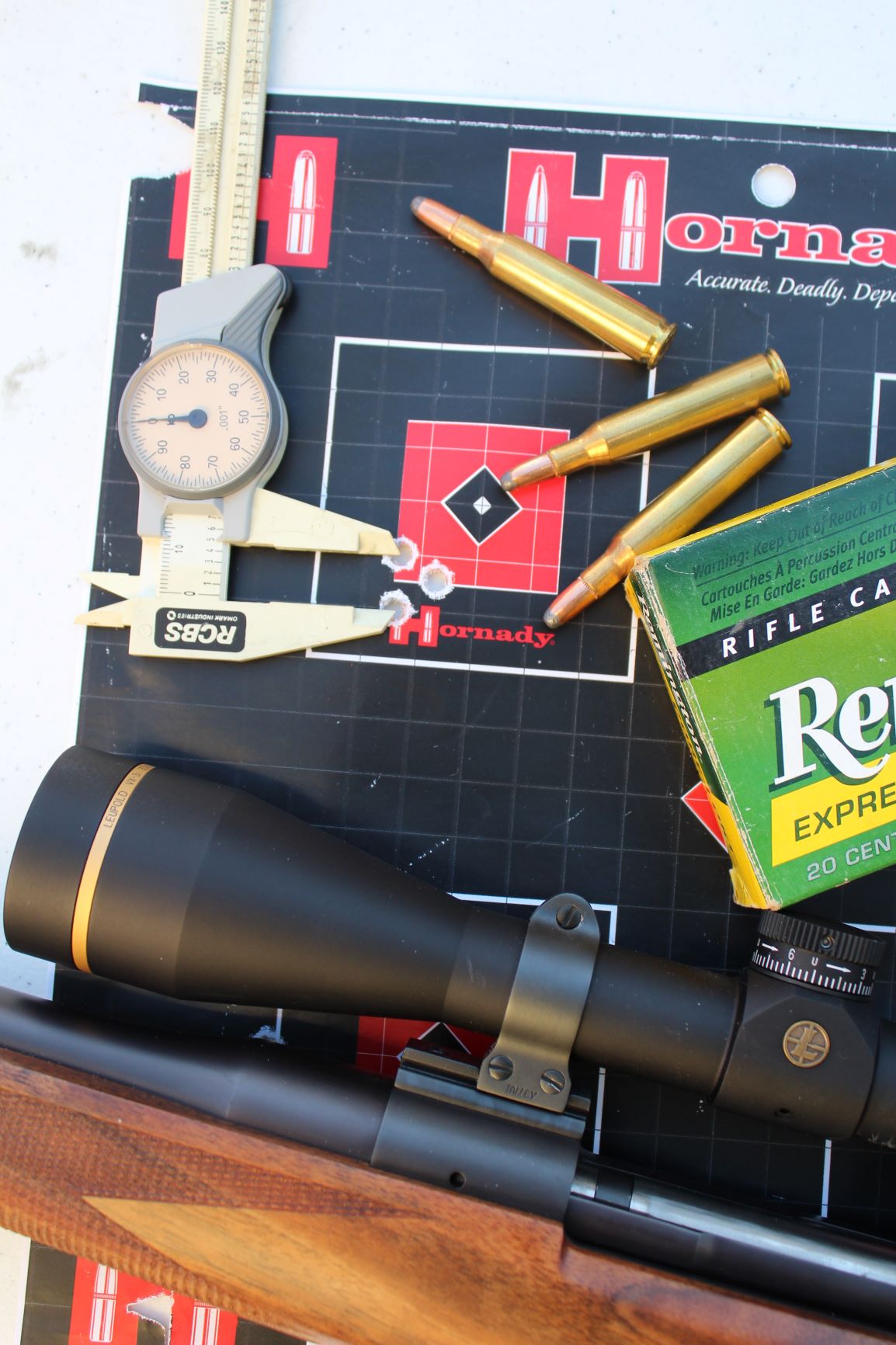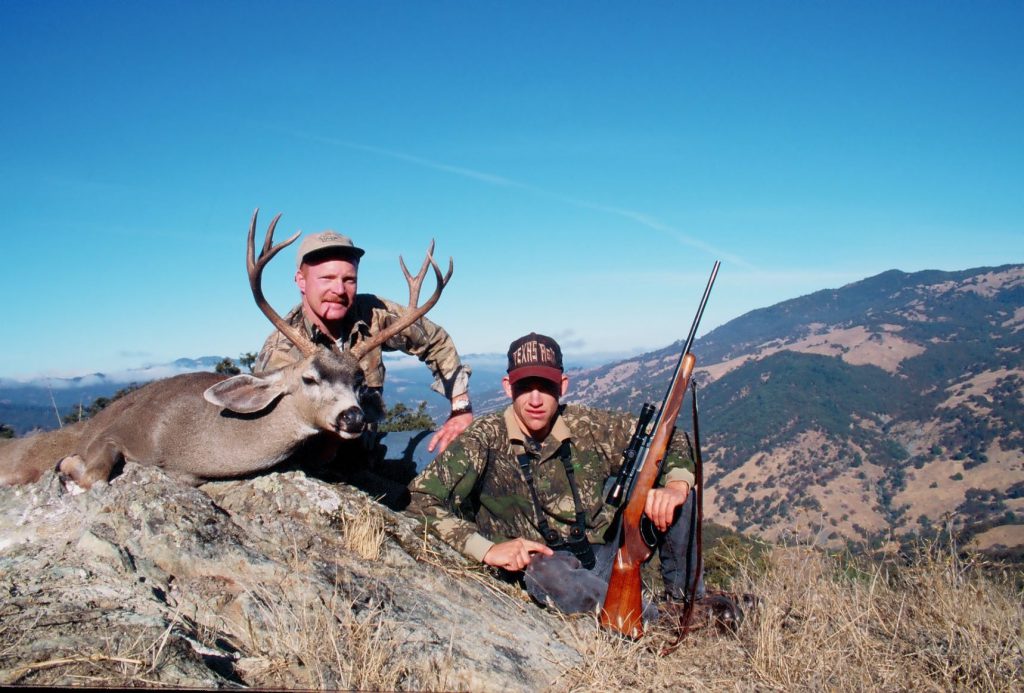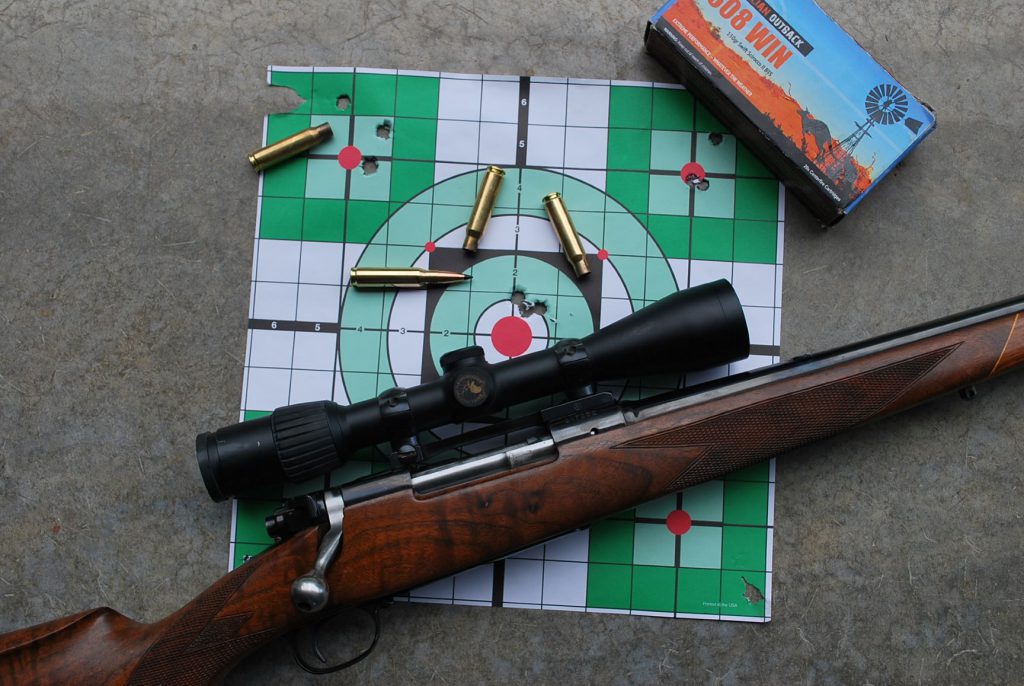Things are pretty simple right now: We shoot what we’ve got…or whatever we can get! This may not be as awful as it sounds: I don’t think there are any bad bullets on the market today. However, most bullets are better for some things than others and (at least in normal times), there are so many to choose from that it gets downright confusing.
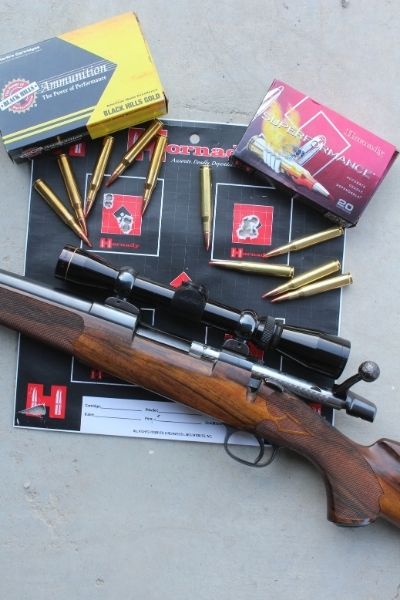
When I was a kid, we mostly hunted with Remington Core-Lokts or Winchester Power-Points in factory ammo. In handloads, primary choices were Hornady, Sierra, and Speer, all fairly simple lead-core bullets. The only “premium” hunting bullet known to deliver extra penetration was John Nosler’s Partition, introduced in 1948, back then also the exclusive province of handloaders. Polymer tips, bonded cores, and homogenous-alloy bullets were unknown!
Name any bullet, and you can find shooters who swear by it…and others who damn it. Not everybody liked the Nosler Partition, but it was considered the hot ticket for game larger and tougher than deer. When I got ready for my first African hunt, I hadn’t yet used any Partitions. Following conventional wisdom, I loaded up 180-grain Partitions in my .30-06. The spectacular performance I saw on about 15 head of plains game, large and small, was unforgettable.
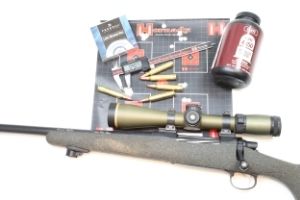
Today we have many choices, but the Partition is still produced…and still a good bullet. In 1948, the only other option for ensuring better penetration was to increase bullet weight! The .30-06 “made its bones” with 220-grain bullets; the 7×57 with 175-grain bullets; the early 6.5mms with 160-grain bullets, all round-nosed. Today’s long and heavy-for-caliber “low drag” bullets complicate the issue, but few of us hunt with extra-heavy bullets today. Because: With modern hunting bullets, we don’t need extreme weight to ensure performance. And: In any given cartridge case, the heavier the bullet, the less velocity.
Which brings us back to my previous column: The accuracy and velocity that we Americans crave. Obtaining both in equal measure is usually a compromise! There’s no predicting what bullet or load a certain rifle will shoot best. Right now, availability sucks, but we have such variety in factory ammo that you could spend a fortune trying loads in popular cartridges…and never discover the best combination for your rifle. Handloaders can experiment infinitely, but it’s always a compromise: Accurate enough…and fast enough. As you work up handloads, it’s common to discover that the best groups are obtained long before you approach “maximum.”
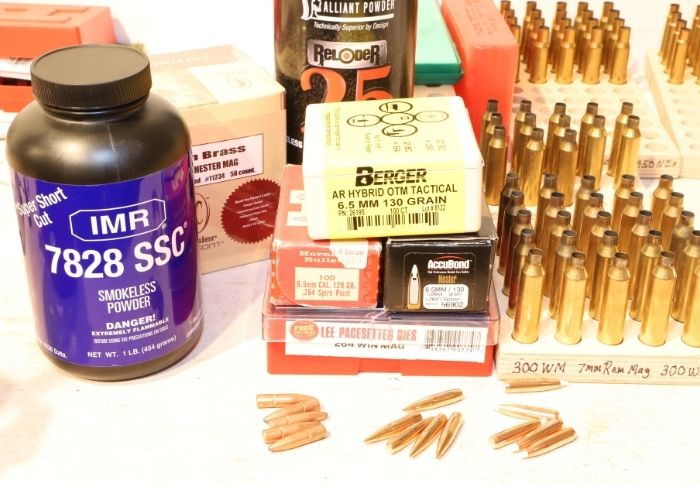
Reality: You never know what works best until you try! I would always expect the best groups from “match” bullets, but I’ve seen finicky rifles that seemed hopeless until, in frustration or on a whim, they turned in spectacular groups with old round-nose bullets! So, the search for optimum accuracy in a given rifle is almost never exhausted. We hunters complicate things greatly by seeking the “perfect” bullet for the game we’re hunting.
Let’s simplify things: There are no perfect hunting bullets. Fortunately, there are lots of good choices and no “bad” hunting bullets. It’s more a matter of understanding the expansion and penetrating properties you want, in relation to the size of your game.
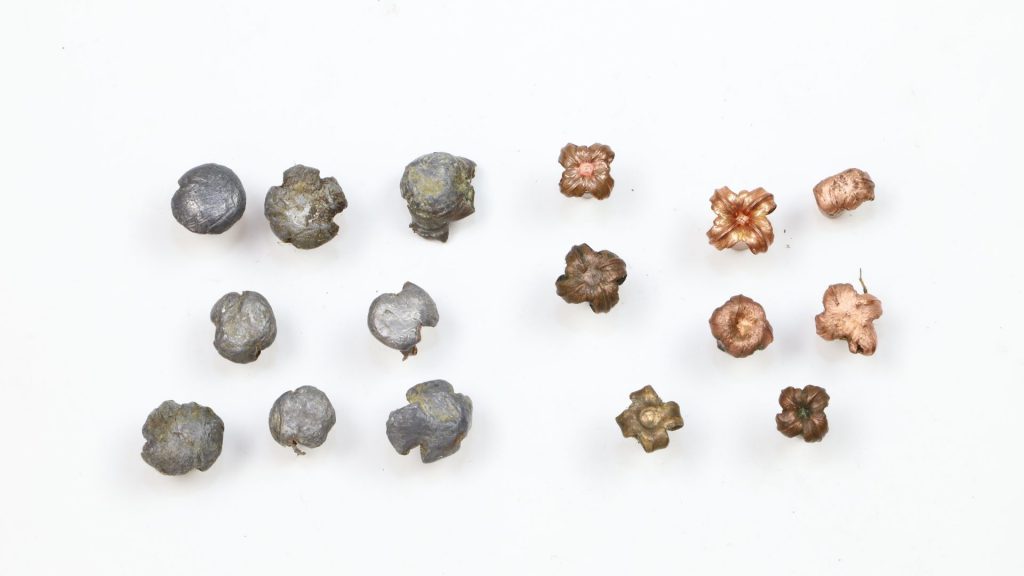
Most bullet manufacturers offer “match” or “target” bullets, engineered for maximum accuracy without thought to terminal performance on game. No manufacturers recommend match bullets for hunting, but because they are often the most accurate, some hunters use them anyway, especially at long range (where accuracy matters most). Sometimes they work well, but because they were not designed for terminal performance, they can be erratic on game. I have seen match bullets expand prematurely and fail to penetrate; and I have seen them pass through showing almost no expansion. So, this is a major compromise when choosing game bullets: The projectiles likely to be the most accurate (and produce the flattest trajectories) are probably not the best choices for hunting.
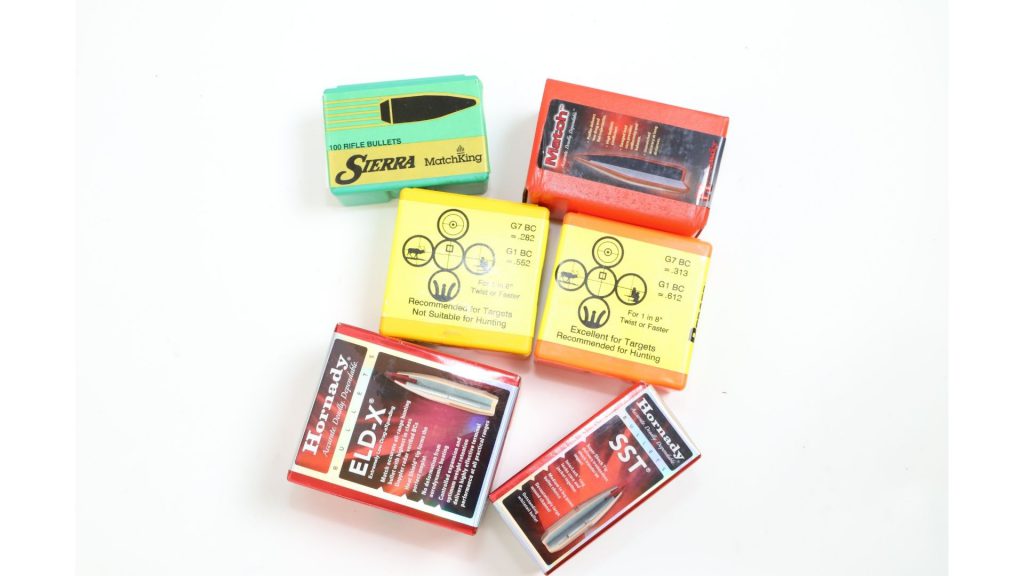
Hunting bullets are a complex subject, and divisive: Everybody who’s shot a deer is an expert, and if there’s a problem the bullet is always the culprit, never shot placement!
On the California Central Coast, we have great hunting for blacktail deer and feral hogs. By law we must now hunt with “unleaded projectiles.” In rifles, this means: Barnes “X”-series, Hornady GMX, Nosler E-Tip, etc. Some barrels shoot these homogenous alloy bullets extremely well…and some do not. This complicates the normal accuracy variance present with all bullets.
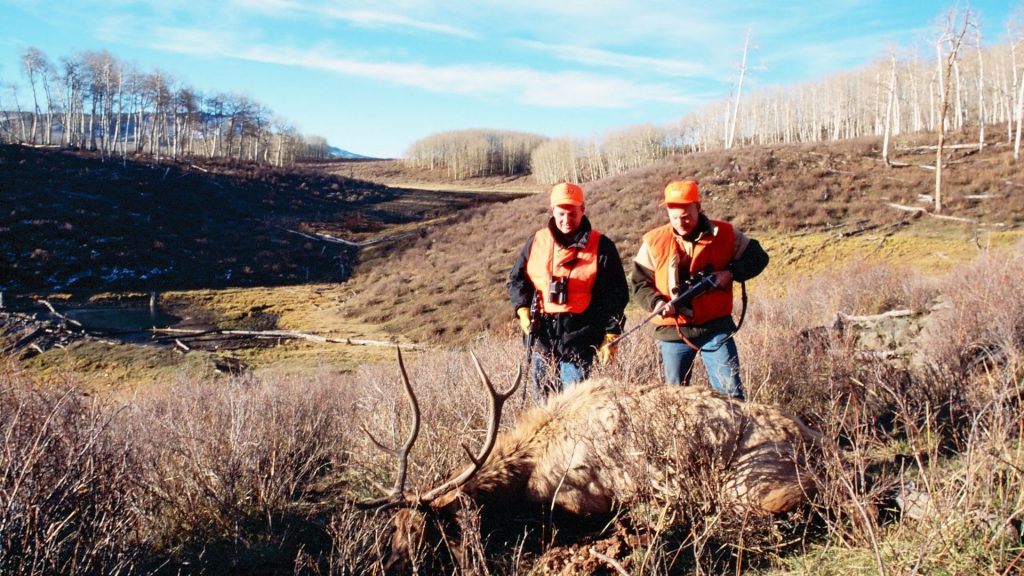
Let’s understand the design. The “copper-alloy” bullets have a hollow nose cavity surrounded by a notched or “skived” tip. Upon impact, the nose peels back in petals, with expansion limited by size and depth of the nose cavity. These vary (and some also have polymer tips), but the homogenous alloy bullets are penetrating bullets. They will retain near-complete weight, and will usually exit, but the wound channel is limited by the amount of expansion.
I’ve taken a lot of game with Barnes X and GMX bullets. For me, the bigger the animal, the better they work! They are impressive on feral hogs, but on our small-bodied blacktails they tend to punch through and exit. They work, but more tracking is often needed. American hunters are big on the “behind the shoulder lung shot” because it is surely fatal, offers the largest target, and ruins little meat. I tell my California hunting buddies to borrow a chapter from African PHs, who always recommend a “center shoulder” hold, breaking heavy bone and disrupting the major vessels at the top of the heart. A little more meat is damaged, but usually less tracking!
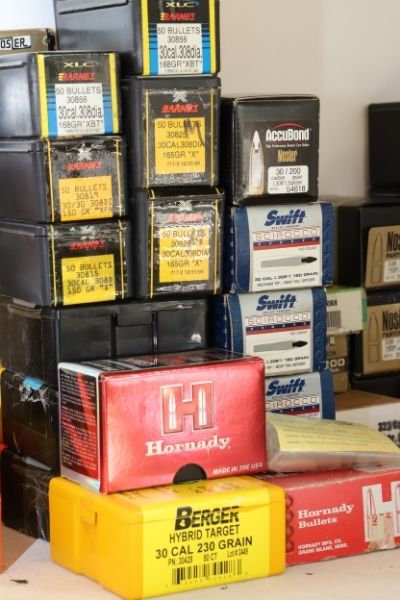
The opposite of a pass-through with minimal damage is worse: Premature expansion with a nasty surface wound. This will not happen with a homogenous-alloy bullet. But it shouldn’t happen with any bullet marketed as a hunting bullet. Except: Velocity is the great enemy to bullet performance. At moderate velocities: 6.5mm Creedmoor, 7mm-08, .308, .30-06, there are no bad bullets, and anything other than excellent bullet performance is unusual.
Add several hundred feet per second in velocity and things can change. I love polymer-tipped bullets: They don’t batter in the magazine, and have better aerodynamics than an exposed lead tip. However, the polymer tip always initiates expansion, mitigated by thickness of jacket and bullet weight. Accuracy is often excellent! I like Nosler’s AccuTip and Hornady’s SST…for deer-sized game. For larger game, or at high impact velocities, I prefer to mitigate with core-bonding. Tipped-and-bonded bullets include: Federal Trophy Tip, Hornady InterBond, Nosler AccuBond; and Swift Scirocco.
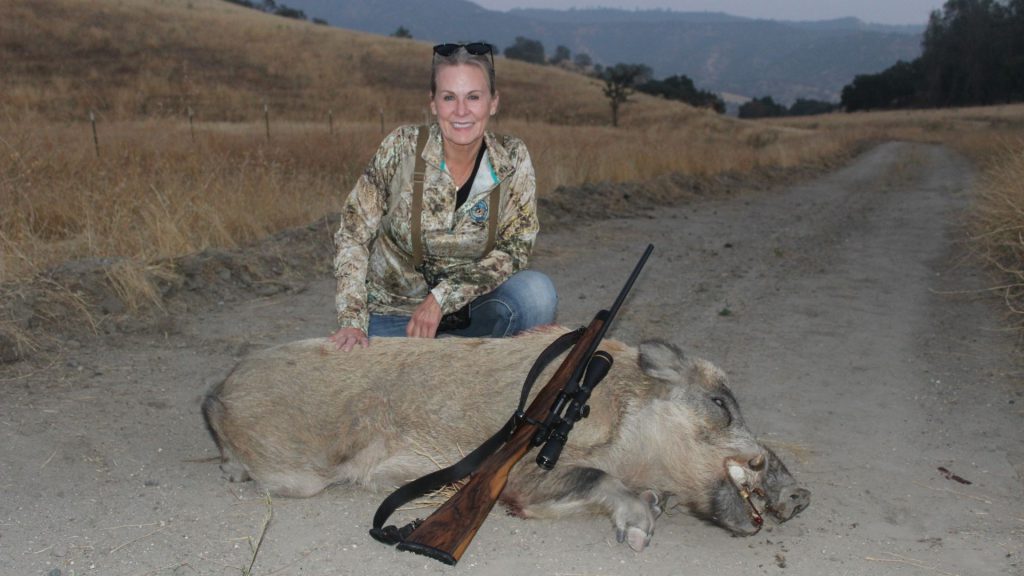
With lead core chemically bonded to jacket, a bonded-core bullet will expand much more than is possible with any homogenous-alloy bullet. The bonded-core bullet cannot retain quite as much weight; some lead will wipe away during penetration, but retention is still high. Homogenous-alloy bullets usually retain over 95 percent of their weight. Bonded-core bullets will be in the high 80s into the 90s…and everything else may be 60 percent or less. This is not a problem: The larger wound channel created by bullet expansion is what puts game down faster.
You can’t have it both ways: Unless you’re hunting pachyderms with “solids,” bullet expansion is good. But expansion creates more resistance, and must limit penetration. In my younger days I followed the school that wanted both entrance and exit wounds. Back then, only the Nosler Partition reliably exited! Today, I’m happy to have the bullet expend all its energy inside the animal, not against trees on the far side! However, an exit wound is prima facie evidence of adequate penetration! Absent that, you must have a bullet tough enough to absolutely penetrate deep into the vitals!
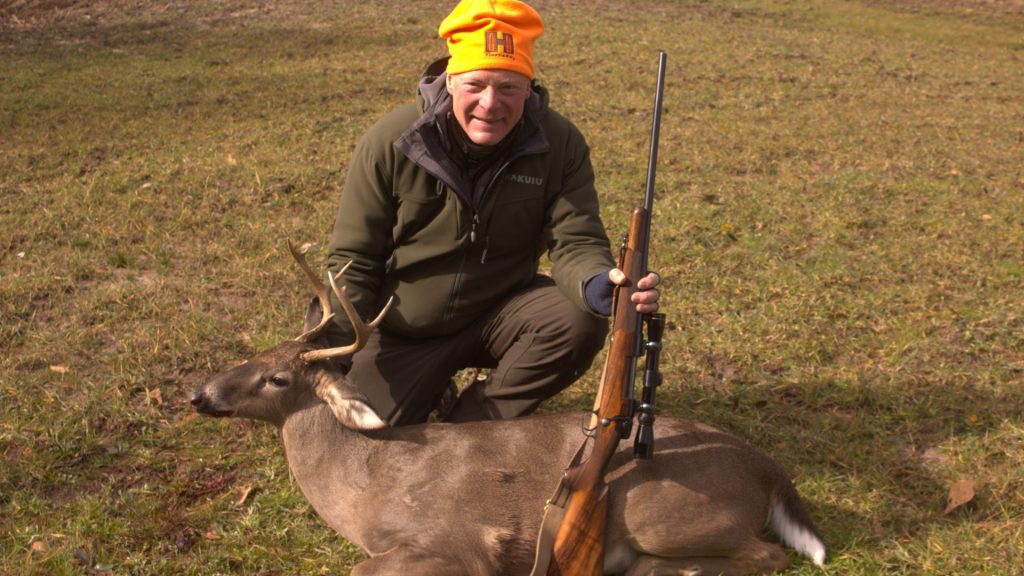
These are bullet dilemmas…but not so complex, with multiple solutions. In January ’21 I hunted whitetails in Alabama with friend Gordon Marsh, proprietor of this site. Gordon lucked into a very accurate Ruger No. One in .270 Weatherby Magnum (a rare No. One chambering). His rifle produces one-hole groups with 130-grain Barnes TSX. This rifle likes homogenous-alloy bullets…at extreme velocity (3400 fps!).
I used a .270 Winchester, loaded with 130-grain Hornady SST about 400 fps slower, good groups but nothing like the accuracy of Gordon’s rifle. A buck presented himself at 225 yards, and I flattened him, down so hard he bounced. The bullet exited, good expansion but no mess.
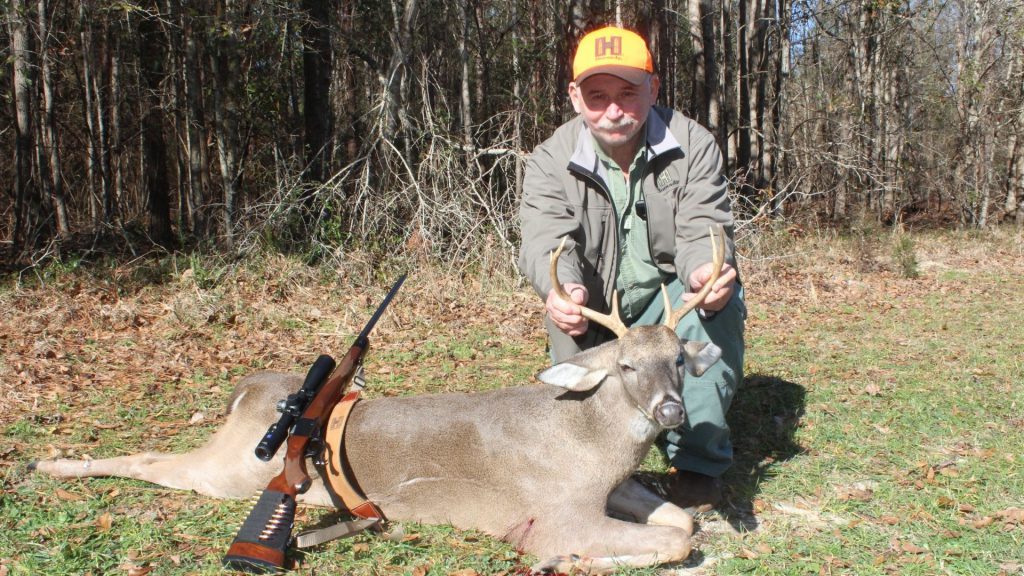
Next day, Gordon shot a similar buck, about 150 yards. Good blood on the food plot, exit wound obvious…but not much sign where his buck entered the woods. We found him 125 yards into thick timber, perfect shot placement…and almost no blood trail. Nobody has hunted with all the great bullets we have today. I’ve used many and have favorites, but it depends on what the gun likes, what I have (or can get), and what I’m hunting.
If we were talking elk, moose, or Cape buffalo it’s a different discussion. But, in the large world of shooting deer and hoping not to track them into thick stuff, I’m convinced we would have found Gordon’s buck quicker if he’d used a bullet that expanded more…even if it wasn’t quite as fast, or produced groups as tight!

